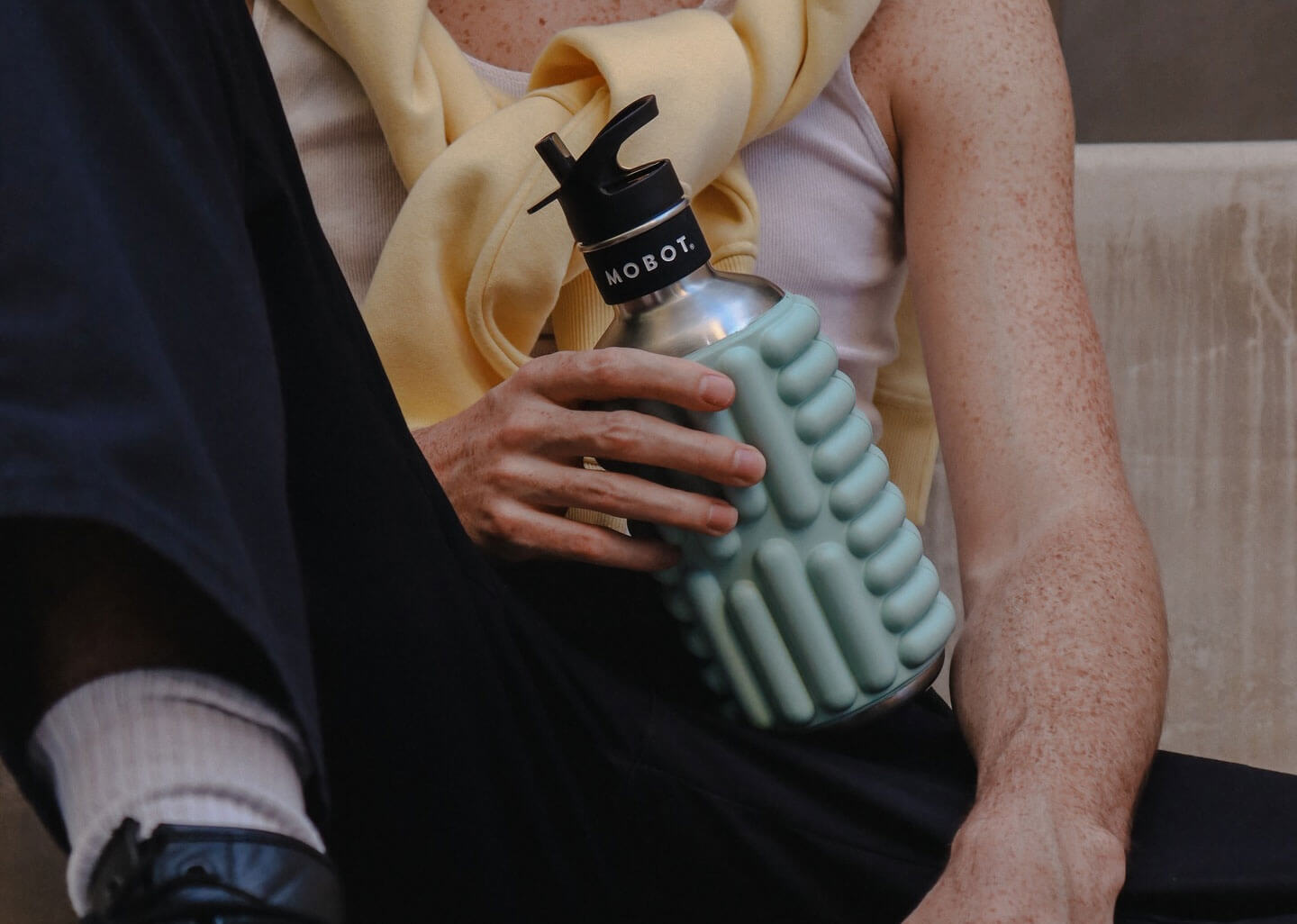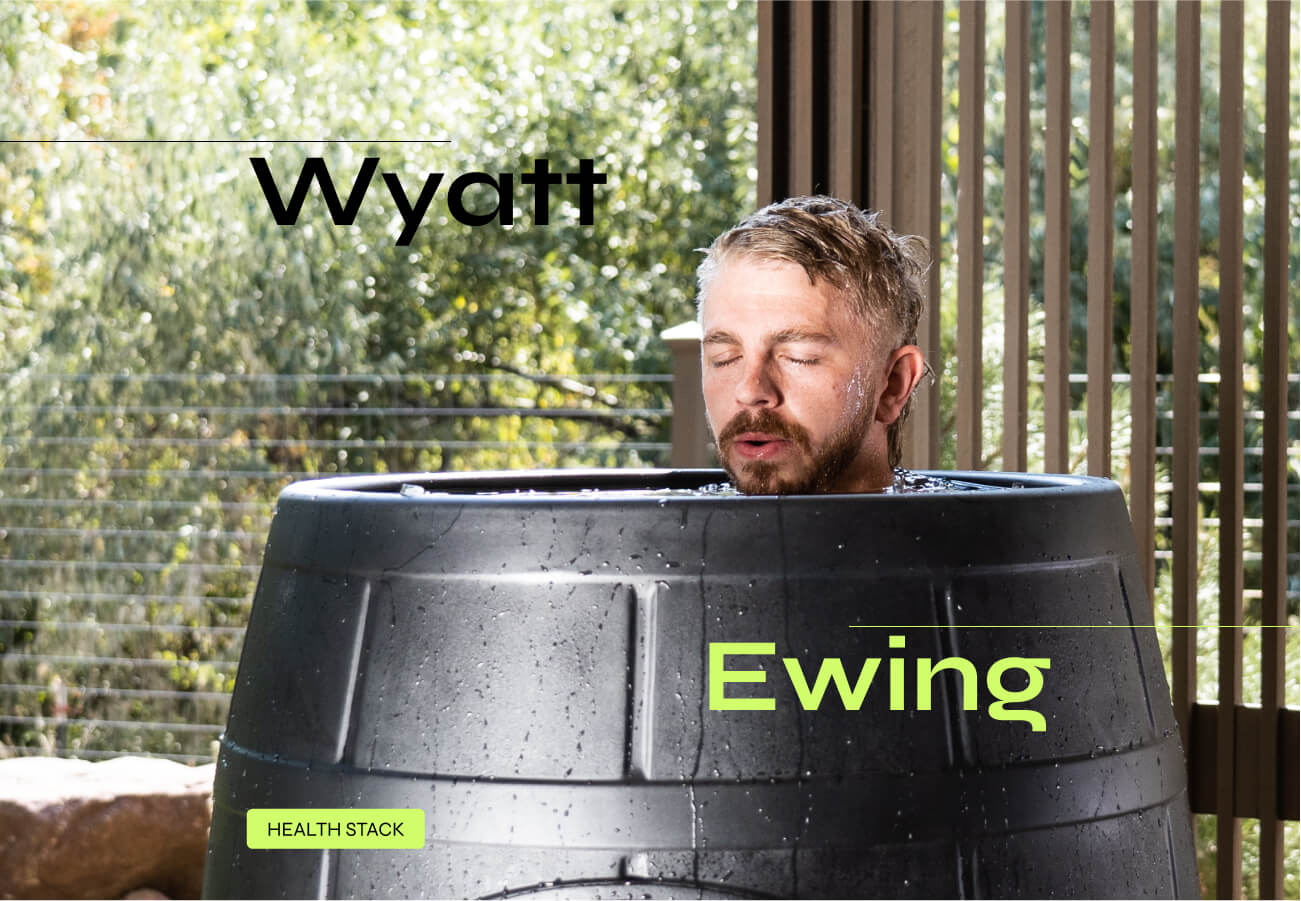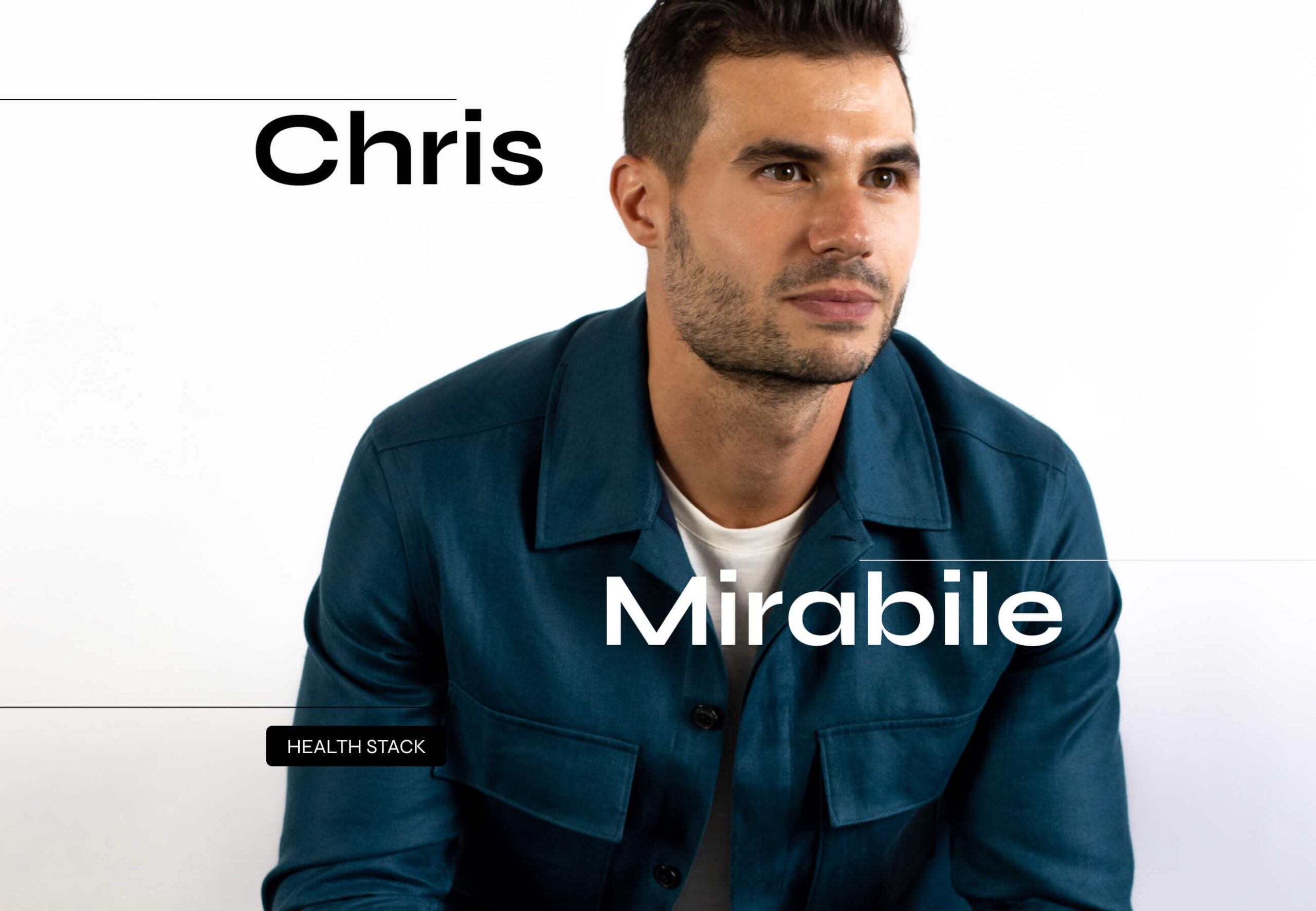What are super shoes and do you need them? Here’s what runners of all levels need to know
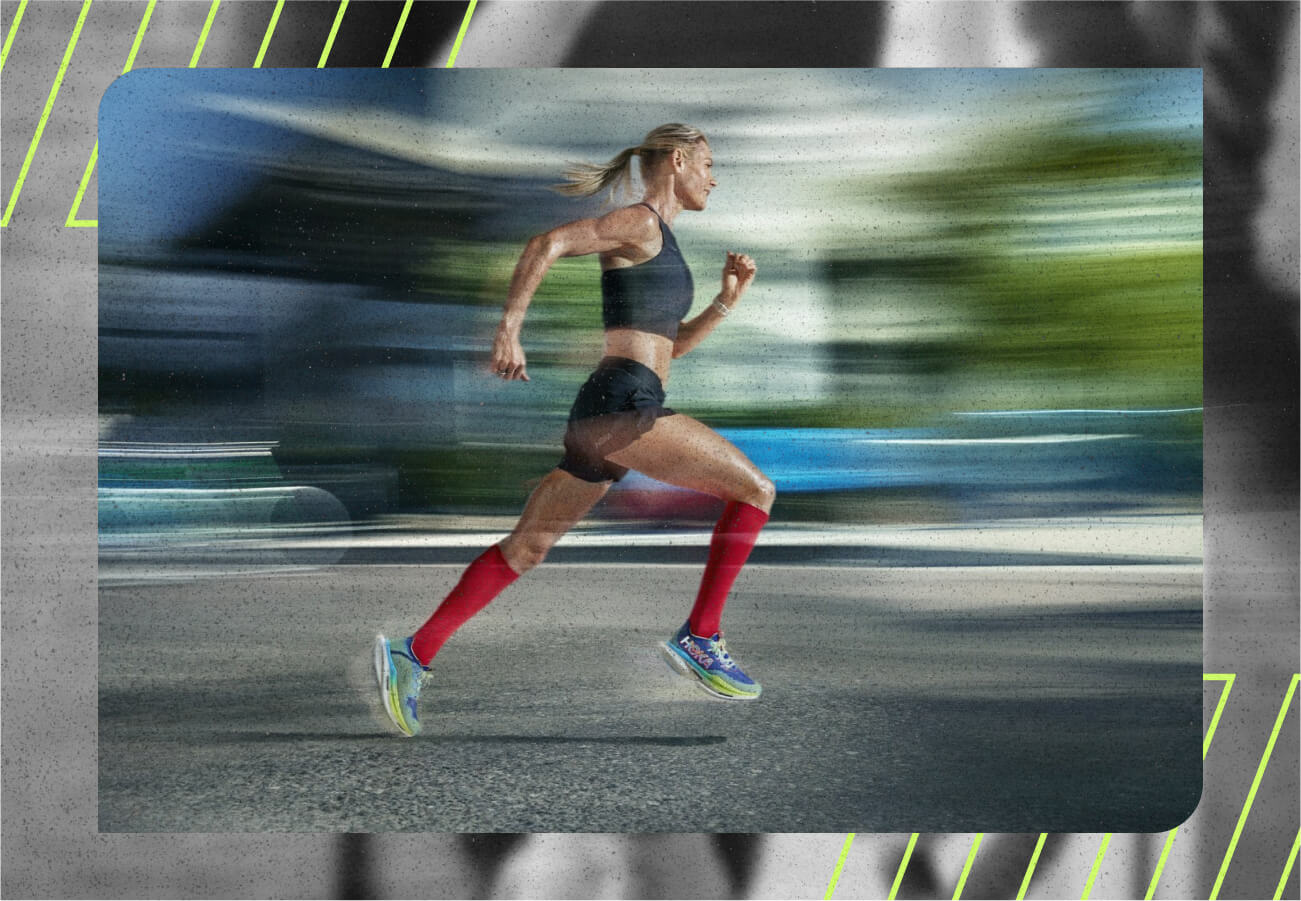
There are a few hallmark debates in the running community: treadmill vs. outdoors, running fed vs. fasted, and training to race length vs. training a few miles short.
The latest divided discussion in the running world? Super shoes.
After catching runners’ attention in 2016 with Nike ’s Vaporfly, this product innovation has been at the center of dialogue in the athletic community, particularly as other footwear brands like Saucony, HOKA, New Balance, and adidas, have rolled out their own models.
And, while the shoes may have started out with elite runners, everyday runners are beginning to pick up pairs for races and training runs. But can these shoes really help runners of all abilities? We asked the experts to find out…
Debuted in the last decade, super shoes are defined by two factors: a resilient foam midsole and a curved carbon-fiber plate. Unlike traditional racing flats, these kicks are taller with thick lightweight foam stacks. Between the foam and carbon plate, these shoes function as springs and trampolines for runners.
The rise of super shoes
“Super shoes have taken the running community by storm. Although not entirely new they have made an extreme impact very quickly,” said Dr. Daniel Geller, DPM Chief Medical Officer at Kane Footwear.
In 2016, three Nike athletes made the Olympic team wearing unnamed Nike shoes. Then, in the 2016 Rio Olympic Marathon, the top three male finishers all wore the new unnamed shoes.
A year later in 2017, Eliud Kipchoge established the new world marathon record — 2:00:25 — in Nike’s Breaking2 project. He sported the Nike Vaporfly, the previously unnamed shoe that was drawing attention.
Later that year, a group of Nike researchers and University of Colorado biomechanists published research that showed the Vaporflys’ impact: a 4% advantage in energy cost.
This claim seemed substantiated when Kipchoge yet again lowered the marathon world record twice more wearing the shoe.
Other running brands quickly jumped on the technology bandwagon. In 2020, Molly Seidel ran a 2:27:31 in her marathon debut and earned a spot in the U.S. Olympic team in Saucony’s Endorphin Pro, while three of the top eight women in the 2020 U.S. Olympic Trials Marathon wore HOKA’s super shoe, including winner Aliphine Tuliamuk of Team NAZ Elite. The shoes went the distance too: in 2020, Jim Walmsley broke the 50-mile world record wearing the HOKA Carbon X.
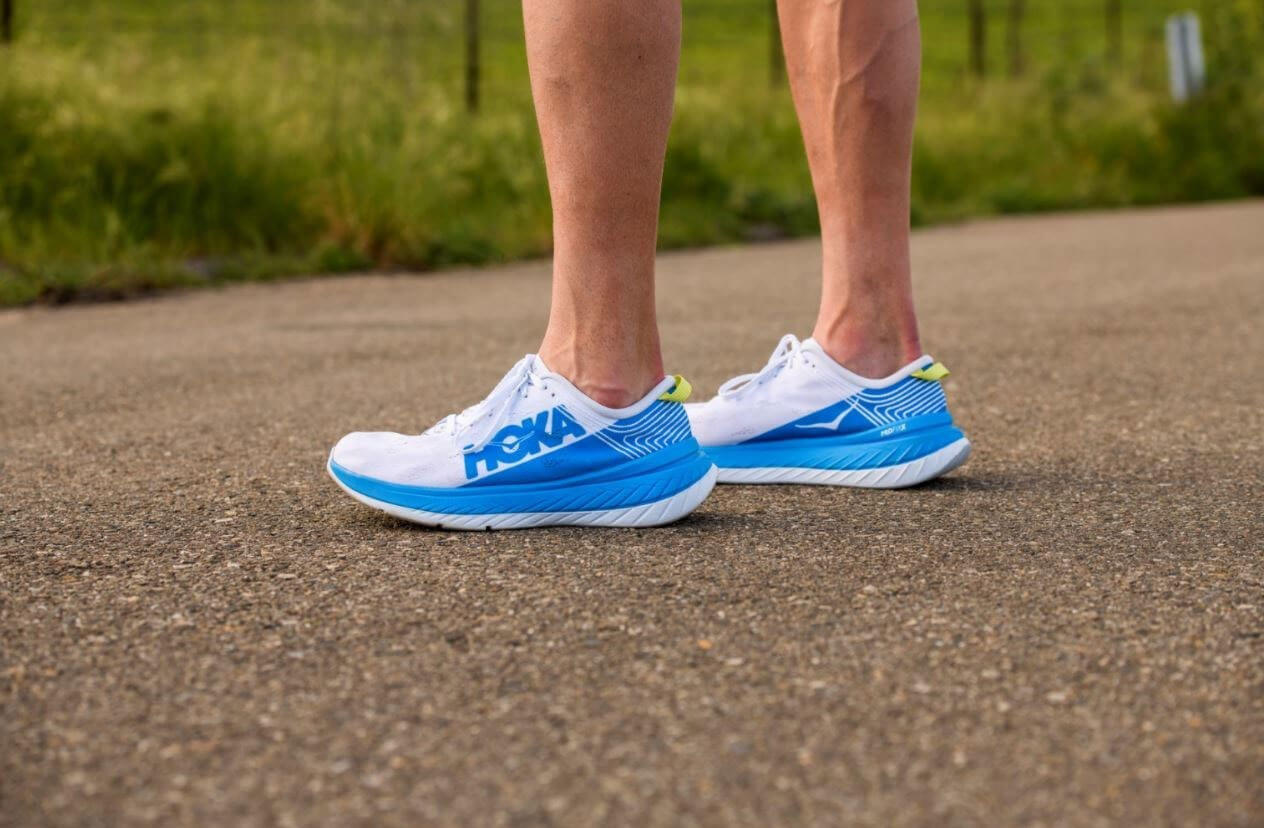
Most recently in 2023, Kelvin Kiptum sported Nikes to beat the world record with a 2:00:35 marathon time at the Chicago Marathon.
With the question around the shoes’ advantages for runners unclear, World Athletics established regulations:
- The shoes must have a maximum midsole thickness of 40 mm and no more than one stiff plate.
- Shoes used in competition have to be available for purchase by any athlete on the open retail market for at least four months too.
The benefits of super shoes
Super shoes boast a number of benefits — namely the improvement in “running economy” (the metabolic, cardiovascular, biomechanical, respiratory, and neuromuscular efficiency during runs). This means athletes can run more efficiently while expending less energy.
“A super shoe can make a runner feel more fluid through the cycle. Upon heel or midfoot strike, the increased foam will dampen the ground reaction forces for a superior cushion effect and the carbon plate will provide additional stability and a phenomenal rolling effect to help propulse you through terminal stance or what’s commonly called propulsion,” said Dr. Geller.
“Additionally, the midfoot foam in some shoes can create a rocker sole experience, which can further enhance a smoother transition through propulsion,” added Geller.
Here’s how super shoes improve running economy:
- The brain reacts to the shoes’ softer impact by reducing the amount of knee flexion upon landing. The leg becomes stiffer because the shoe is absorbing the impact, which makes the shoe less tiring to run in.
- The cushion offers a propulsive, spring-like feel that pushes runners forward with no additional effort.The energy saved with this push keeps runners fresher later during runs or races.
- Runners in super shoes don’t have to exert as much torque at their ankles, so calf muscles don’t work as much.
- The carbon-fiber plate also makes the shoes less flexible, so the foot muscles that stabilize toe joints don’t have to work as hard.
- Studies show how the shoes help the feet and ankles move more smoothly.
“The benefits of these shoes have proven to no doubt be speed. Most runners who put these on and take a cruise automatically feel a little wind at their back. Other facets are smoother heel-to-toe transition, a springier toe off, and a quicker foot turnover,” said Dr. Geller.
How are super shoes meant to impact overall performance?
Super shoes are designed to improve performance and increase speed by improving running economy.
“Overall performance will certainly be appreciated for many runners wearing super shoes. The ability to transition easier from heel contact through propulsion, a springier platform from which to push, and a smoother ride will enhance the running experience,” said Dr. Geller.
Studies show that super shoes increase the running economy of athletes anywhere from 2.5-4% depending on the shoe.
Potential downsides and risks
Injury risks and considerations
“Super shoes have shown a better energy return, often enabling a runner to run faster and/or for longer with less physical wear and tear. That being said, due to landing patterns, these types of shoes can also cause lower leg related injuries when overused (or in general depending on gait),” said Jonathan Levitt, runner and host of “For the Long Run” podcast.
While super shoes clearly can improve performance, there are risks to consider.
A recent study reported a possible association between training in super shoes and mid-foot stress fractures.
Since runners have a stiffer landing on impact, the shock not absorbed by the shoe can travel up the leg, causing hip or lower back injuries.
Running in super shoes offers a much less stable environment with the thick, bouncy sole. If runners lack foot and ankle control, this can lead to injury.
With an increase in energy efficiency, runners may feel that they can go longer and/or with a more intense pace. This increase in training volume can lead to overuse injuries.
“I do caution my runners however to remember these shoes will not remove the impact of running altogether but rather shift it a bit. This is why having a variety of shoe types in the lineup is important. It’s even been proven that runners who rotate through three different shoe types will be less injury prone,” said Dr. Geller.
Research found that runners who had a regular shoe rotation (two or more different models) had 39% fewer injuries.
Cost and value assessment
Injury isn’t the only risk to consider. Given the inclusion of specialized materials, super shoes retail at a higher price point, typically ranging from $200-300. Select pairs are priced closer to $500. Beyond the price point, super shoes have a shorter shelf life compared to traditional running shoes, with some recommendations urging runners to only wear them for a single marathon and some longer training runs.
Integrating super shoes into training
“As a rule, break super shoes in slowly. These shoes are shifting your mechanics and forcing you to use your muscles in different ways. This takes some time for adaptation. Anything too much too soon can create injury. Slow and steady will yield fast and ready,” said Dr. Geller.
Professionals recommend testing super shoes for part of a run and taking the time to stop and change shoes.
It’s not recommended to run in super shoes daily. Rather, these kicks should be used for race pace training and races only.
As super shoes can relieve some muscular training for calves and feet, runners should also incorporate additional strength exercises to maintain lower body stability.
Are super shoes worth it for amateur runners?
“All levels of runners will benefit from super shoes,” said Dr. Geller.
However, super shoes may make a larger difference with elite runners. “A runner running a six-minute pace will likely see better results than a runner at a nine-plus-minute pace. Many of these shoes were created and optimized for faster paces,” said Levitt.
Recent studies show that runners sporting super shoes with an eight to ten-minute-mile paces increased their performance performance, but at a lower rate when compared to elite athletes. The researchers found that runners improved their running economy by just a fraction — suggesting that the shoes do more for you the faster you run. In the study, runners running a 9:40 mile pace improved their running economy by 0.9% on average, while they improved by 1.6% at an 8:03 mile pace.
Ultimately, some runners may respond more naturally to super shoes depending on their gait and biomechanics than others. Runners are encouraged to consult a sports medicine professional or coach for gait assessments and to listen to their body when testing out super shoes.

 Published on Apr 11, 2024 by
Published on Apr 11, 2024 by 






